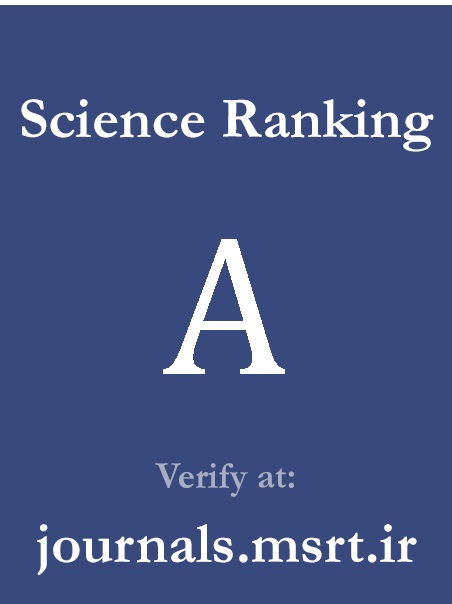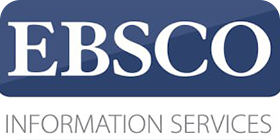Comparison of the Effectiveness of Phenomenological Approach-Based Self-Esteem Enhancement and Cognitive-Behavioral Self-Esteem Enhancement on Affective Capital
Keywords:
Self-esteem enhancement, Phenomenological Approach, Cognitive-Behavioral Training, affective capitalAbstract
Purpose: Affective capital is a state of feeling vitality and inner positive emotional energy that can be directed and transformed. It plays a significant role as a capital variable in individuals' lives. This study aimed to compare the effectiveness of self-esteem enhancement based on the phenomenological approach and cognitive-behavioral self-esteem enhancement on affective capital. Methodology: The research method was quasi-experimental with a pre-test, post-test, and follow-up design with a control group. The statistical population of the present study consisted of female high school students in Isfahan during the academic year 2021-2022. From the statistical population, 45 female students who met the inclusion criteria were purposefully selected and randomly assigned to three groups (15 in each group): phenomenological approach-based self-esteem enhancement, cognitive-behavioral self-esteem enhancement, and control group. The Golparvar Affective Capital Questionnaire (2016) was used for data collection. The educational groups received 8 sessions of training (one session per week), while the control group did not receive any training. Data were analyzed using repeated measures ANOVA and Bonferroni post hoc test. Findings: The results indicated a significant difference in affective capital and its components between the phenomenological approach-based self-esteem enhancement and cognitive-behavioral self-esteem enhancement groups compared to the control group. However, there was no significant difference between the two educational groups in this variable and its dimensions. Conclusion: Given the effectiveness of phenomenological approach-based self-esteem enhancement and cognitive-behavioral self-esteem enhancement on increasing affective capital and its components, these two educational packages can be used to enhance the affective capital of adolescent girls.










